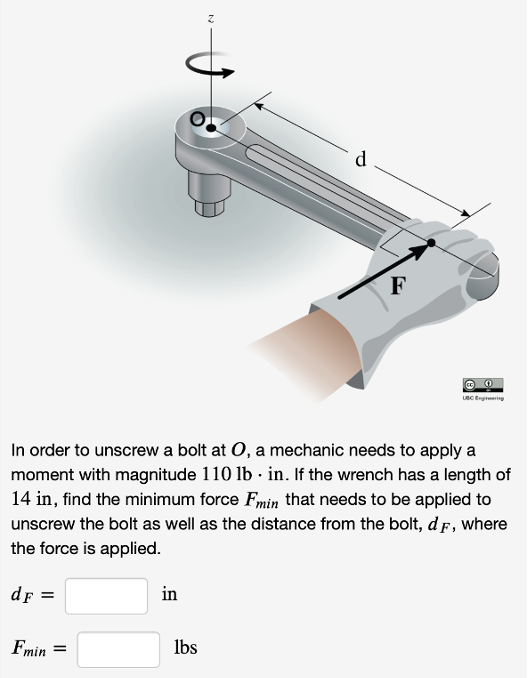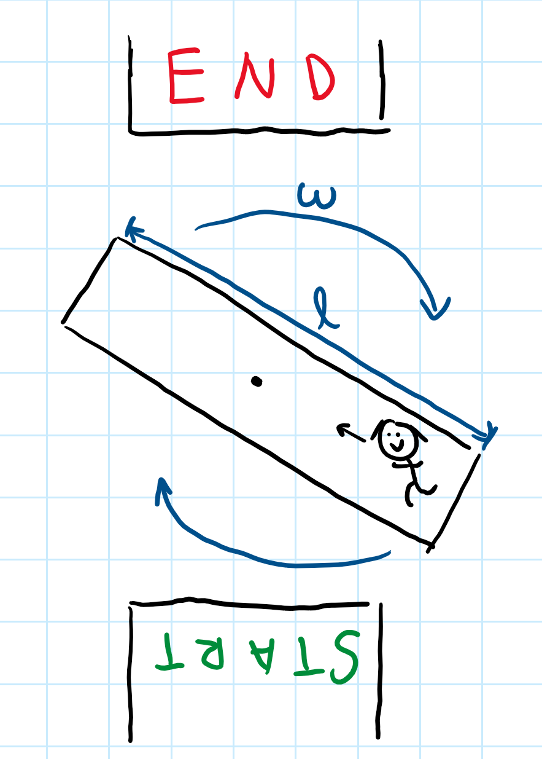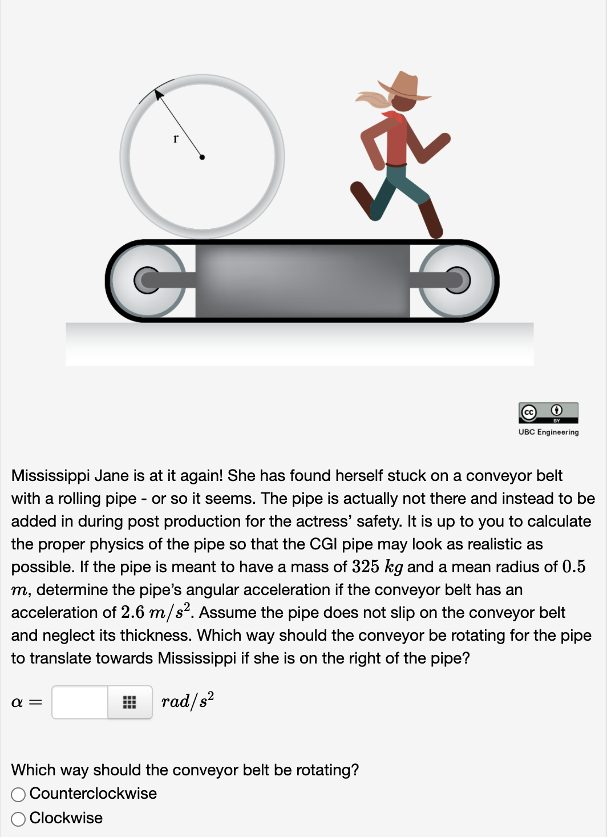Solving many practice problems is key to learning classical mechanics (a core subject in engineering and physics), but open problems are rare because they are resource-intensive to create. This is in part due to the need for high-quality images that accompany each problem. Commercial textbooks or commercial online homework systems often supply thousands of homework problems.
For several years, commercial publishers have been marketing online tools to faculty that provide curriculum to students. These digital resources include textbooks, ancillary resources, and homework systems. The last of these can impose a significant financial burden on students who are required to use them.
— Clint Lalonde, project manager, Open Education at BCcampus
Since 2020 two faculty members in B.C. have been building open mechanics problems with professional-quality images to address this gap in open educational resources (OER). Agnes d’Entremont (associate professor of Teaching, UBC) and Jennifer Kirkey (instructor, Douglas College) have been creating problems in statics and dynamics to populate both an open homework system called WeBWorK and an eventual open textbook.
Importance of Collaboration
The challenge in creating a viable open alternative to a commercial engineering statics and dynamics textbook is the number of images and problems. Commercial textbooks have 20–40 times the number of practice problems than the best open textbooks have and up to seven times more diagrams.
We knew right away that this would be a multi-year project and would require significant funding and collaboration. Especially if we were to address the barrier that we hear too often that OER in the subject area cannot meet the quality of commercial textbooks.
—Melanie Meyers, project manager, Open Education at BCcampus
With a government subsidy to hire co-op students during the COVID-19 pandemic, an institutional grant, and BCcampus funding, five co-op students were initially hired to work on developing problems under Agnes and Jennifer’s supervision. The work has been continuing through 2022 with a series of co-op and part-time students joining and working on the project. Agnes had already been collaborating with Pennsylvania State University to develop the online open textbook Mechanics Map, and Agnes and Jennifer began collaborating with Professor Sean Maw at the University of Saskatchewan, who is developing foundational-level statics and dynamics problems with the help of students as part of a shift to competency-based assessment within the school’s first-year engineering program. These collaborations have yielded new problems converted between homework systems, shared images and problem ideas, and modified problems made into detailed worked-problem videos for the textbook.

Addressing Quality
To provide a viable alternative to costly commercial textbooks and homework systems, it was clear early on that creating both quality images and problems was essential for adaptability and reuse.
OER adaption can be especially challenging in STEM, because the original files for images or plots within open resources are often not available. As a consequence, instructors cannot easily modify for preference or simply to correct an error — meaning the average STEM textbook is less adaptable than a textbook that relies mostly on written content.
— Agnes d’Entremont, associate professor of Teaching, UBC
Enter graphic artist Brina Schenk. Brina joined the project team in 2020 and works closely with Agnes, Jennifer, and the co-op students to translate the problems they design using hand-drawn sketches and scenarios into professional-quality images. All these images are openly licensed and can be reused and adapted for a variety of applications. Nicole Welsh, an archival studies student at UBC, has been cataloguing the images in Wikimedia Commons so anyone can find and use them. Source-image files to make adaptations can be found in GitHub. When completed, there will be over 1000 problem images available for download.


The images above show an example of an image and the WeBWorK problem that accompanies it. There are several stages to creating and vetting each problem developed. First, the problem writer comes up with a real-life scenario, then checks to see the numbers work together and the right amount of information is given to the students so they can solve the problem. The problem and solution then need to be checked and coded in WeBWorK. The diagrams have to be created and checked for accuracy. In addition, problems can be parameterized in WeBWorK so some of the values can be variable between students to ensure final answers can’t be copied; they have to work through the problem themselves. The final quality check is done by deploying the problems to dozens of students and seeing what errors arise. The process, although time consuming, ensures the problems and images meet the quality standards set by the project. The problems have been deployed at UBC, Douglas College, and the University of Victoria to date and are available for anyone to use or adapt.

With nearly 2000 problems already developed and many more needed, Agnes and Jennifer are committed to continuing this work. The more others become involved, the more the collection of problems will grow and be used to support student learning.
Get In Touch
To find out more about the project, or if you are interested in collaborating, please contact Agnes d’Entremont and Jennifer Kirkey. Future contributors can make contributions of any size, down to a single problem.
Related Links and Resources
- Collection of open images in Wikimedia Commons
- GitHub repository of WeBWork problems and source images
- OpenEd20 Conference Presentation: Tackling a Mammoth in Physics with the Help of Co-op Students
- UBC Edubytes article: Open Educational Resources in STEM
The featured image for this post (viewable in the BCcampus News section at the bottom of our homepage) is by Tranmautritam on Pexels
